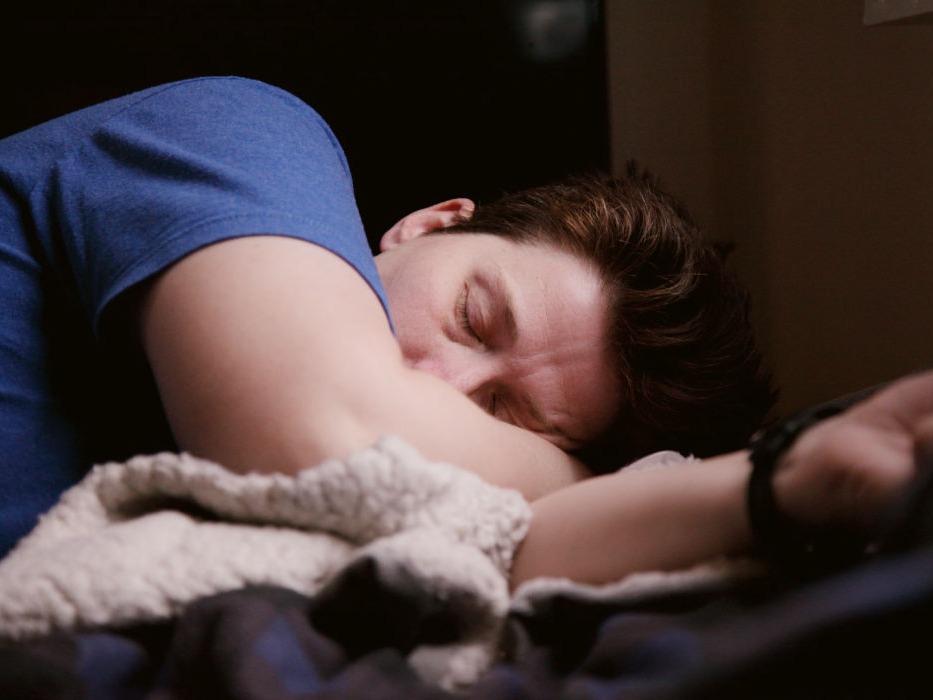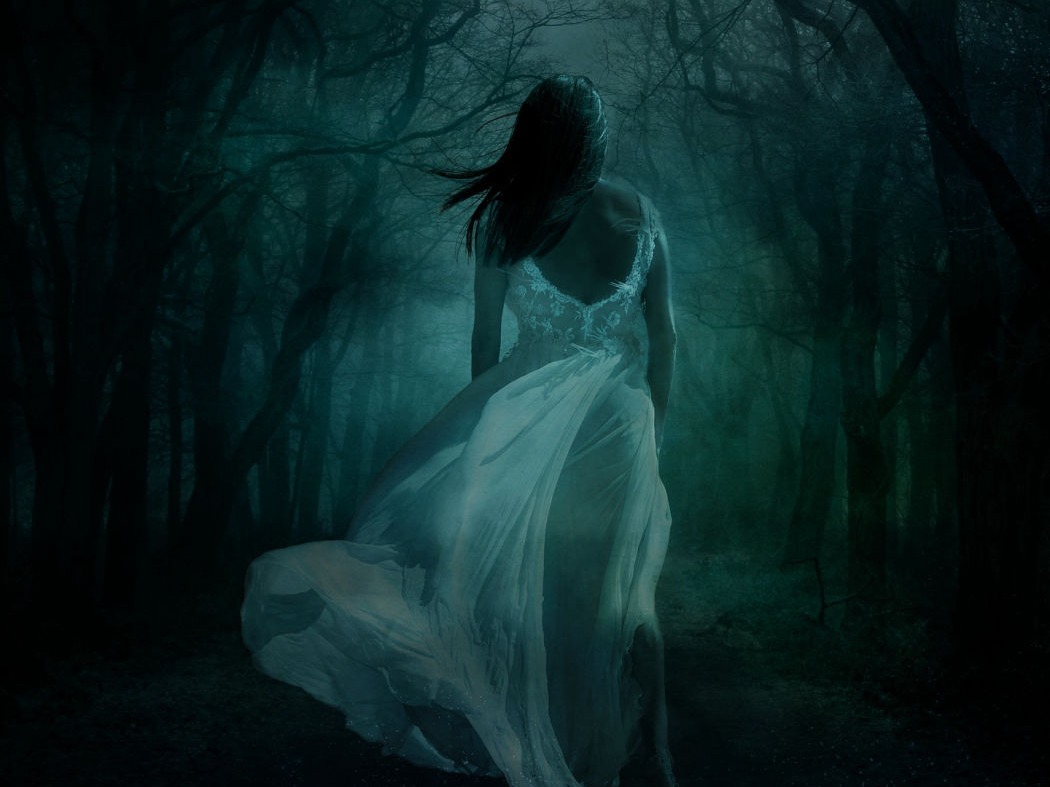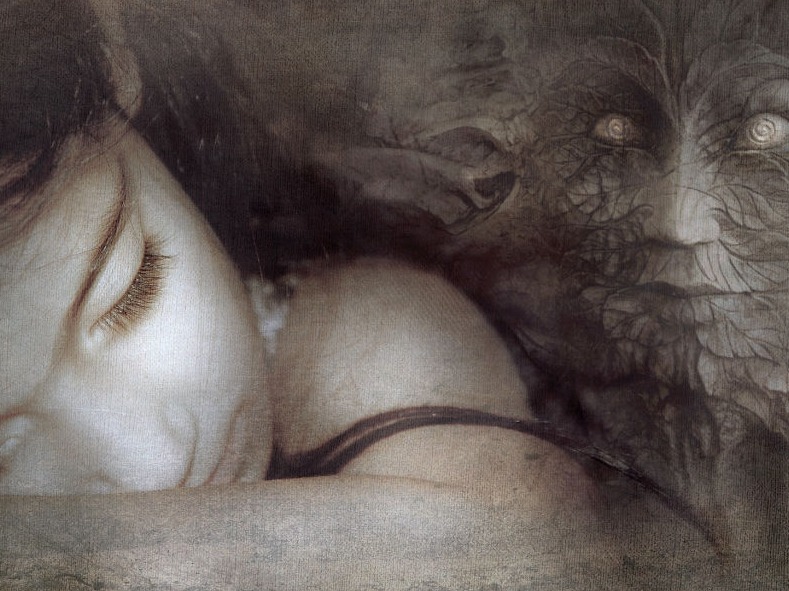Sleepwalking, also known as Somnambulism, is a condition in which a sleeping person exhibits behaviors associated with being awake, appears to be awake but is actually still sleeping. Sleep talking is when an individual vocalizes in their sleep, anything from a few words to whole conversations. These episodes usually occur during non-REM, delta ("slow wave") sleep, during which the arousal threshold is particularly high. The sleeper often has little or no memory of the event. Sleep disturbances experienced during slow wave sleep may precipitate a sleep-walking episode; these typically occur in the first half of the night.
Sleepwalking or talking episodes usually involve routine activities which can range from the mundane – sitting up in bed or walking to the bathroom – to the extreme, including getting in a car and driving. Sleep-related eating and other complex activities may be completed, to the surprise of the individual the following morning. Sleep walkers are very rarely aggressive, but may become confused and combative when attempts are made to arouse them.
While sleepwalking can occur at any age, it is most common in children, and tends to run in some families. Often, sleepwalking diminishes as children grow older. Conditions such as fatigue, stress or anxiety, lack of sleep, illness, physiological stimuli such as a full bladder, or alcohol use are often associated with sleepwalking episodes.
In many cases, people who sleepwalk don't need extensive examinations or testing. However, in patients for whom episodes are regular, persistent, or involve alarming behavior, our specialists will perform tests to rule out certain triggers, such as sleep disordered breathing, or other types of nocturnal behavior such as nocturnal seizure disorder.
Importantly, for habitual sleepwalkers, the sleeping environment should be modified to reduce the risk of injury. This includes ensuring that all doors and windows are locked, sharp objects are put away and secured, and the risk of tripping and falling, especially down stairs, is minimized. In certain cases, after an appropriate evaluation, sleepwalking may be treated with low doses of certain medications.




